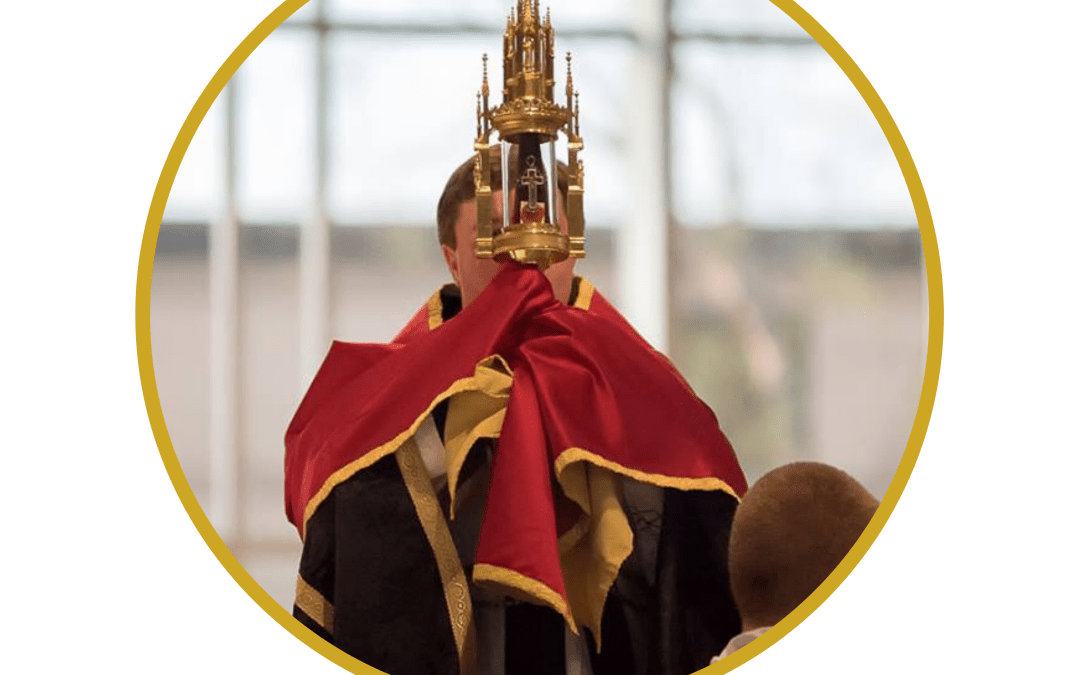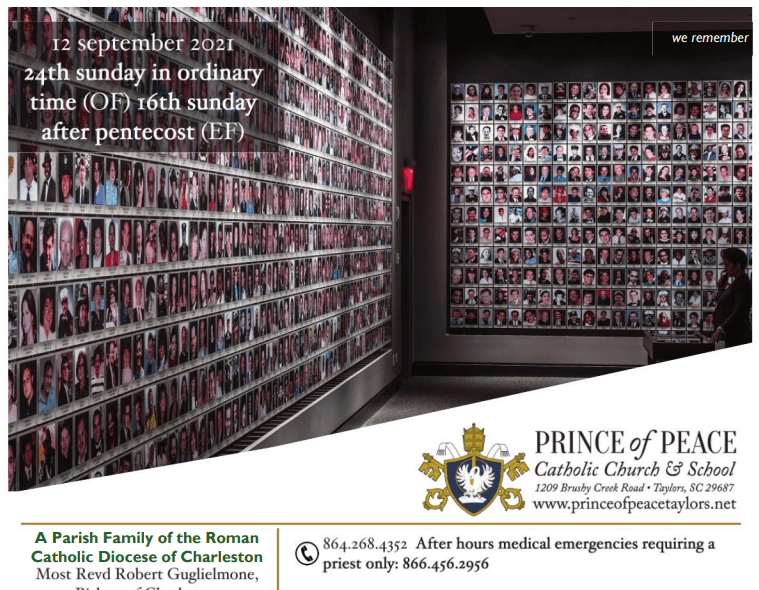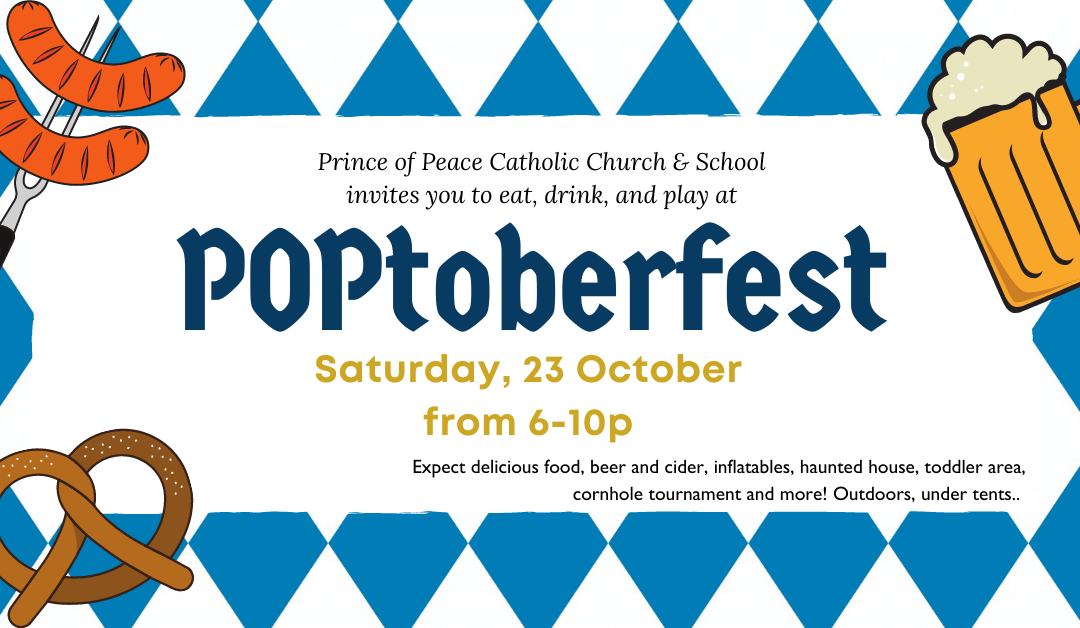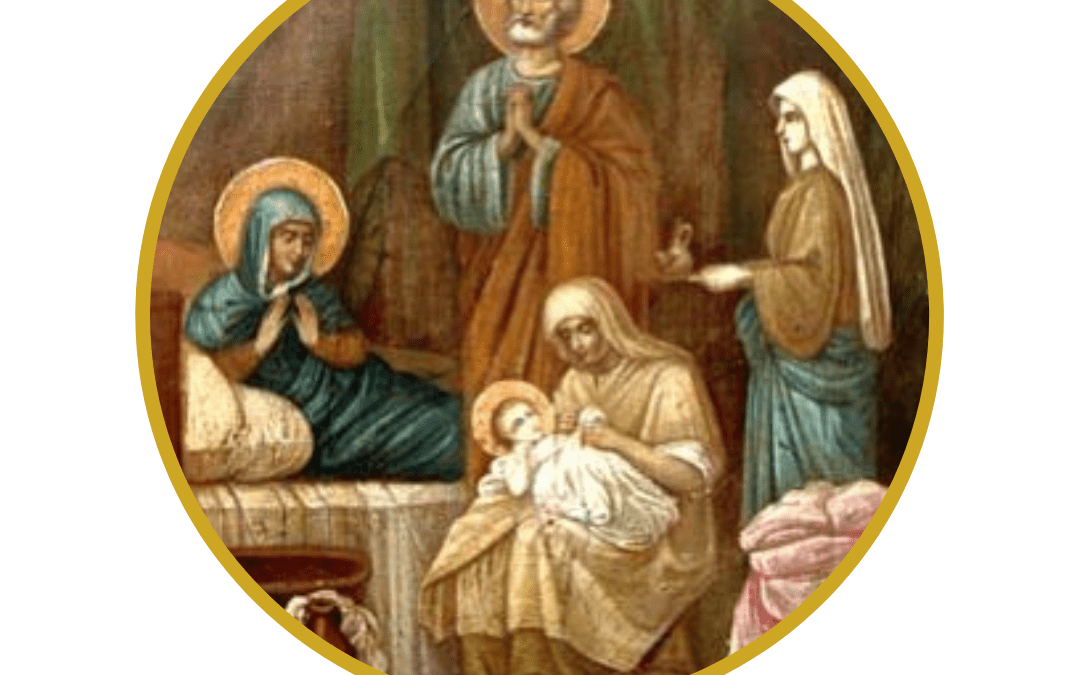
by popadmin | Sep 12, 2021 | CIC Saint Writeups
14 September: Feast of the Exaltation of the Holy Cross. This feast commemorates three historical events: finding of the True Cross by Saint Helena; dedication of the churches on the site of the Holy Sepulchre and Mount Calvary; and restoration of the True Cross to Jerusalem by Heraclius II. After the Resurrection, Jewish and Roman authorities hid the Holy Sepulchre, Christ’s tomb. Earth was mounded up and pagan temples built on top. Tradition said Christ’s Cross had been hidden nearby. Saint Helena (Constantine’s mother) was divinely inspired to travel to Jerusalem in 326 to find the True Cross. Three crosses were eventually found. Helena and Saint Macarius, bishop of Jerusalem, devised an experiment to determine which was the True Cross. The crosses were taken to a woman near death; when she touched the True Cross, she was healed. Another tradition says the body of a dead man was laid upon each cross. The True Cross restored the man to life. Constantine constructed churches at the Holy Sepulchre and Mount Calvary. Those churches were dedicated and the Feast of the Exaltation of the Holy Cross was celebrated. The feast slowly spread, until, by the year 720, it was universal. In the 7th century, Persians conquered Jerusalem and captured the Cross. Heraclius II defeated them and restored the Cross to Jerusalem. Tradition says he carried the Cross on his own back, but when he attempted to enter the church on Mount Calvary, a strange force stopped him. Patriarch Zacharias of Jerusalem advised him to take off his royal robes and crown and to dress in penitential garb instead. As soon as Heraclius did so, he was able to carry the Cross into the church. Truly, this feast day is a celebration of God’s greatest work: His death and resurrection which defeated death and opened Heaven. Christ transformed an instrument of torture and humiliation into a symbol of salvation. When Moses lifted up the bronze serpent over the people, it was a foreshadowing of salvation through Jesus when He was lifted up on the Cross. To follow Christ we must take up His cross, follow Him and become obedient until death. We make the Sign of the Cross which helps to fix our minds and hearts on God. At Baptism, we are sealed with the Sign of the Cross, signifying our redemption and that we belong to Christ. Let us look to the cross frequently, and realize that when we make the Sign of the Cross we give our entire self to God — mind, soul, heart, and body. The antiphon for today says it perfectly: “We should glory in the cross of our Lord Jesus Christ, for he is our salvation, our life and our resurrection: through him we are saved and made free.”
Ideas for celebrating this feast day at home:
- Craft project: make and decorate a cross. Children could use popsicle sticks or twigs and twine. Adults could build a “yard cross” out of big pieces of lumber or tree limbs tied together.
- Place blessed crucifixes prominently throughout your home. Teach children to reverently make the sign of the cross.
- On this feast, eat red foods like strawberries and tomatoes, and drink red beverages like punch or red wine, reminding us of the blood Jesus shed on the cross. Eating white foods, like mozzarella cheese, reminds us of our baptism (when we were signed with the cross).
- Cook with sweet basil, which tradition says grew over the place where the True Cross was found. Use wooden skewers and make an appetizer of tomatoes, basil, and fresh mozzarella cheese. The wood of the skewers reminds us of the cross. Recipe idea here! Or, simply enjoy a dinner of spaghetti with tomato basil sauce and fresh parmesan.
- Make a dessert in the form of a cross, or decorated with a cross. Although usually made on Good Friday, hot cross buns would also be perfect for today (recipe here).
- Pray the Stations of the Cross. The prayer repeated at each station: We adore You, O Christ, and praise You, because by Your Holy Cross You have redeemed the world.
- Available on FORMED is a story about St. Helena and the True Cross: click here.

by popadmin | Sep 12, 2021 | Bulletin
Click to read the 12 September 2021 Bulletin

by popadmin | Sep 7, 2021 | Events
Beer & cider, German food, inflatables, haunted house, toddler area, cornhole tournament and so many more festivities! Parish, school and community are invited to this fun outdoor event from 6-10p on Saturday, 23 October! Rain or shine.
Sponsorships are available:
- Bronze $100: receives 1 beer wristband and 20 tickets plus name on event signage
- Silver $250: receives 2 beer wristbands and 40 tickets plus name on event signage
- Gold $500: receives 4 beer wristbands and 80 tickets plus logo on event signage, 1 mention on POP social media, and inclusion in special event e-newsletter to the 300+ distribution list of the parish school
- Platinum $1000: receives 6 beer wristbands and 120 tickets plus logo on event signage, 3 mentions on POP social media, and inclusion in special event e-newsletter to the 300+ distribution list of the parish school
To become a POPtoberfest sponsor, contact Michelle Zimmerman at michelle.zimmerman@popcatholicschool.org or submit this form to begin the conversation!

by popadmin | Sep 7, 2021 | Events
Prince of Peace Catholic Church & School and St Rafka’s Maronite Catholic Church are hosting a fundraising Golf Outing at Willow Creek Golf Club (Greer) on Friday, 15 October. Proceeds will benefit the capital projects of both churches.
- check in and registration starts at 12.30p
- tee off time at 1.30p
- shotgun start
- 18 holes followed by late afternoon buffet dinner with drinks featuring prizes and a raffle
- golf scramble (play from the best lie in your team’s foursome)
- you will be able to buy scoring aids to improve your game score at check-in
- there will be prizes for 1st, 2nd, and 3rd place teams
Learn about Sponsorship Opportunities or Register to Play!
Get involved! Contact Brian Mackenzie at golf@princeofpeacetaylors.org.
Thank you to John Olson, Knights of Columbus 9184, for creating the logo.

by popadmin | Sep 6, 2021 | CIC Saint Writeups
8 September: Feast of the Nativity of the Blessed Virgin Mary. This feast day commemorates the birth day of Mary. There are only three birthdays on the liturgical calendar: Mary, Jesus, and John the Baptist. Usually, it is the custom to celebrate the feast day of a saint on the date of their death as that marks their “birth” into everlasting life. Mary, however, entered the world sinless (known as the “Immaculate Conception”). She was born to be the mother of the Savior of the world, the spiritual mother of all men, and the holiest of God’s creatures. Mary is called the firstborn of the redeemed and her nativity is “the hope of the entire world and the dawn of salvation” (Pope Paul VI, Marialis Cultus). Mary’s birth is not recorded in scripture but is found in the Protevangelium of James, an apocryphal writing from the 2nd century. The liturgical celebration of this feast has a joyous theme of light: the world that had been shadowed in the darkness of sin sees a glimmer of light with the arrival of Mary. Through Mary comes Christ, the Light of the World. The Blessed Virgin has a pivotal role in the history of salvation, and she was given the highest mission ever commended to any creature. We rejoice that the Mother of God is our Mother, too. Today and every day, let us often call upon the Blessed Virgin as “Cause of our joy”, one of the most beautiful titles in her litany.
There are some wonderful traditions from around the world that are associated with Our Lady’s birthday. Since September 8 marks the end of summer and beginning of fall, this day has many thanksgiving celebrations attached to it. In the older form of the Roman Ritual there is a blessing of the fall planting seeds. The winegrowers in France called this feast “Our Lady of the Grape Harvest.” The best grapes are brought to church to be blessed and then some bunches are attached to hands of the statue of Mary. A festive meal which includes the new grapes is part of this day. In the Alps section of Austria this day is “Drive-Down Day” during which cattle and sheep are led from their summer pastures in the slopes and brought to their winter quarters in the valleys. This was usually a large caravan, done with decorations and festivity. In some parts of Austria, milk from this day and all the leftover food are given to the poor in honor of Our Lady’s Nativity.
Ideas for celebrating this feast day:
- Have a birthday party for Mama Mary! Have children decorate the house with leftover party supplies in honor of their heavenly mother. Blue is the fitting color for this feast day (it is symbolic of Mary’s blue mantle).
- Ask children to think of a birthday “gift” they can give to Mary: a prayer; an act of mercy; a small sacrifice; a virtue to work on; a handful of wildflowers to adorn a Marian statue; etc.
- Make a blue and white cupcake rosary (a “rosary” made out of cupcakes, mini cupcakes, or cookies. Idea here. Sing “happy birthday” to Mary before enjoying this special dessert! A simple white cake symbolizing Mary’s purity is also perfect for this feast day.
- Eat “blue” foods, like blueberries, on this Marian feast day! Ideas: blueberry muffins or pancakes, blueberry pie, blueberry cobbler, or, simply, fresh blueberries.
- Consider purchasing a Marian statue for your home. Creating a Marian garden in your yard is another beautiful way to honor Our Lady.
- Learn and memorize prayers to Mary, such as: the Angelus, Litany of Loreto, Memorare, Hail Mary, and Hail Holy Queen.
- Learn a Marian hymn together as a family. Ideas: Regina Coeli, Ave Maria, Salve Regina, Immaculate Mary and Hail, Holy Queen.
- Find out about the devotion to “Maria Bambina” (“Baby Mary”)
- Read the papal encyclical Redemptoris Mater (Mother of the Redeemer) written by Saint John Paul II: Available here.
- Pray a rosary – that’s the best way to say “happy birthday” to your heavenly mother!
(sources: Excerpts from The Holyday Book by Fr. Francis Weiser, catholicculture.org, catholiccuisine.blogspot.com)







Recent Comments